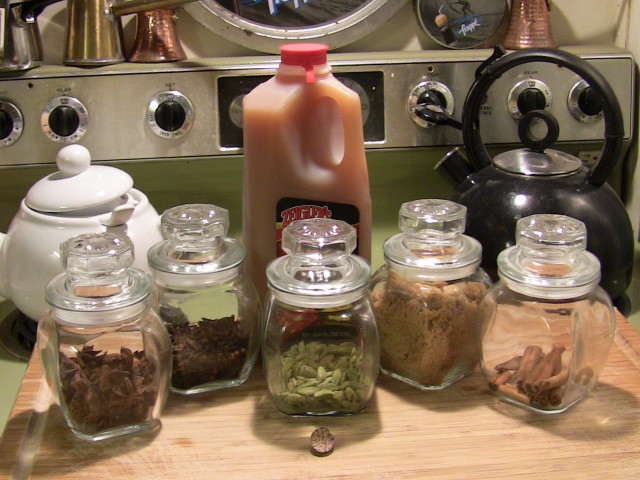
It is the fall, and even here in warm florida (well at least at the north part) it feels cold. It is the fall, and in the fall a heart and gut warming drink can do more good than any food. I am not suggesting to drink only, and don ‘t eat but I hope you get the point. So any way. To get cozy and warm let ‘s get a clue from from our friends in the north, far north that it is. New York (the state not the city) where apples are the most important crop of the year.
Up there they make a very nutritious drink based the apples, that for many it is the predecessor of the apple juice, the apple cider. Although to many people the differences between cider and juice is fuzzy (don ‘t be embarrassed I was like that too… yeah me) it is vesy simple. So let ‘s get started. Cider is, or basically was, initially an alcoholic beverage, made with apple or pears (in the UK). Apples grown for consumption are suitable for cider making, though some regional cider-makers prefer to use a mix of eating and cider apples (as in Kent, England), or exclusively cider apples (as in the West Country, England). There are many hundreds of varieties of cultivars developed specifically for cider making.
Once the apples are gathered from trees in orchards they are scratted (ground down) into what is called pomace or pommage. Historically this was done using pressing stones with circular troughs, or by a cider mill. Cider mills were traditionally driven by the hand, water-mill, or horse-power. In modern times they are likely to be powered by electricity. The pulp is then transferred to the cider press and built up in layers into a block known as a cheese. Traditionally the method for squeezing the juice from the cheese involves placing clear, sweet straw or hair cloths between the layers of pomace. This will usually alternate with slatted ash-wood racks, until there is a pile of ten or twelve layers. It is important to minimise the time that the pomace is exposed to air in order to keep oxidation to a minimum. This pile is then subjected to different degrees of pressure in succession, until all the ‘must’ or juice is squeezed from the pomace. This juice, after being strained in a coarse hair-sieve, is then put into either open vats or closed casks. The pressed pulp is given to farm animals as winter feed, composted or discarded, or used to make liqueurs.
Fermentation is carried out at a temperature of 4–16 °C (40–60 °F). This is low for most kinds of fermentation, but is beneficial for cider as it leads to slower fermentation with less loss of delicate aromas.
Shortly before the fermentation consumes all the sugar, the liquor is racked (siphoned) into new vats. This leaves dead yeast cells and other undesirable material at the bottom of the old vat. At this point it becomes important to exclude airborne acetic bacteria, so vats are filled completely to exclude air. The fermenting of the remaining available sugar generates a small amount of carbon dioxide that forms a protective layer, reducing air contact. This final fermentation creates a small amount of carbonation. Extra sugar may be added specifically for this purpose. Racking is sometimes repeated if the liquor remains too cloudy. In US the fermentation process is halted and the liquid is pasteurized shortly after the extraction. It is an non-alcoholic beverage. It is however delicious and nutritiuss.

Meet the main players:
- Apple cider. The one with the complete pulp in, not filtered
- Cardamom pods
- Cinnamon
- Brown sugar
- Glove
- Nutmeg
- Star anise

It is very simple. Start by breaking nutmeg in small pieces, preferable a clean cut with a knife. This is by the way the nutmeg. It does not come in powder form straight from the tree, and it is not a mouse brain.

Add to the cardamom that you cracked with your palm. Smash it in between your fingers.

Add some clove. And when I say some I really do mean some. It is a very strong spice and you do not want to overwhelm your cider.

Add the cinnamon cut in short pieces.

Take the mix and added in a n infuser ball. Even if you don ‘t have one you can still make it. Just add the spices straight to the cider and strain them later.

In a small narrow vessel add the cider and put it over medium low heat.

Add the spice mixture.

Simmer it until ti start bubbling up.

Just like this. Don ‘t boil it since boiling will burn the natural sugar and the taste will be not good.

Take some of the brown sugar, 1-2 tsp….

And add it to the mug of your choice. Sugar, seems unnecessary, but the heat will bring up a lot of the acidity to the mixture. It will be sour so at least 1-2 tsp is required.

Add the hot steaming cider in the cup…

Follow with an extra cinnamon stick. Just an extra touch of love.

If you look closeley at the surface of the drink, you will see some oil droplets. Theses came from the spices.

In regards to the remaining spices in the infusion ball. Well they can be reused up to 5 times. Just keep them in the refrigerator for… a week or two.
There are just a couple of important noted here:
- Use whole spices. You can remove them so you control their strength of the beverage.
- Don ‘t skip on the brown sugar. It will be very sour. You can however substitute it with maple syrup, or honey, although honey is to fragrant and will cover up all the nice apple flavors.
Enjoy!!!


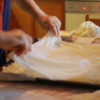


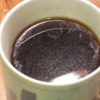

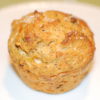
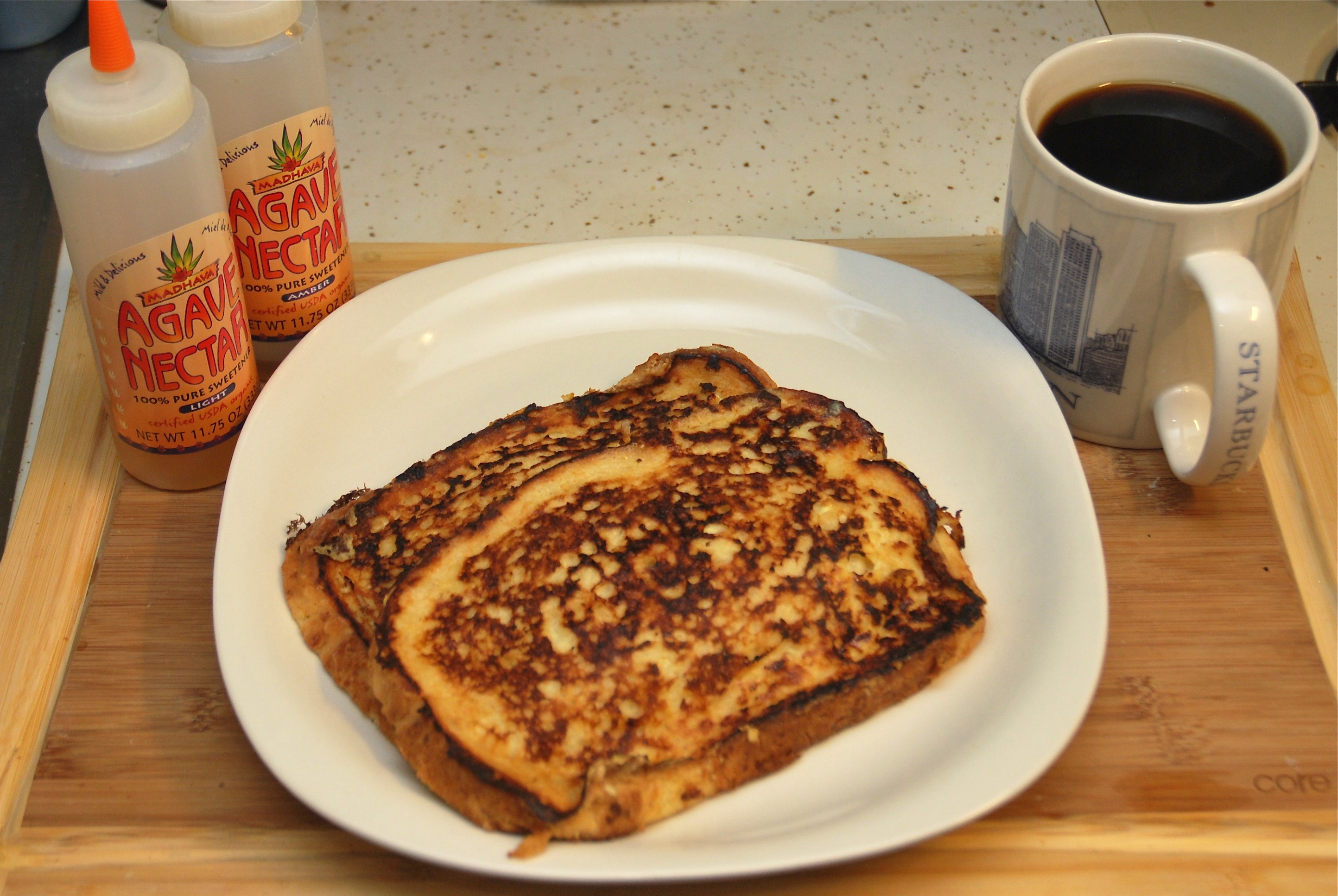
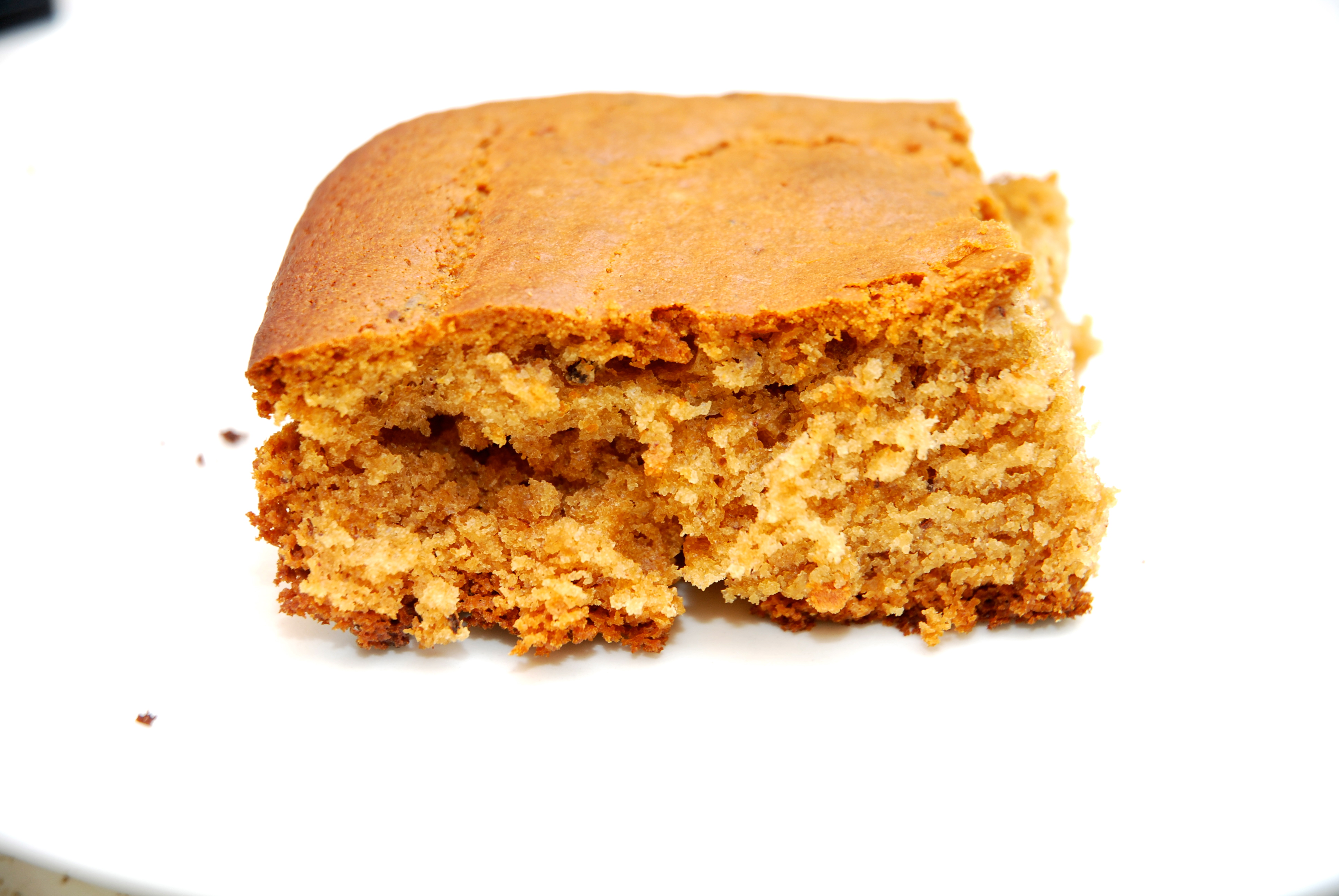


Leave a Reply